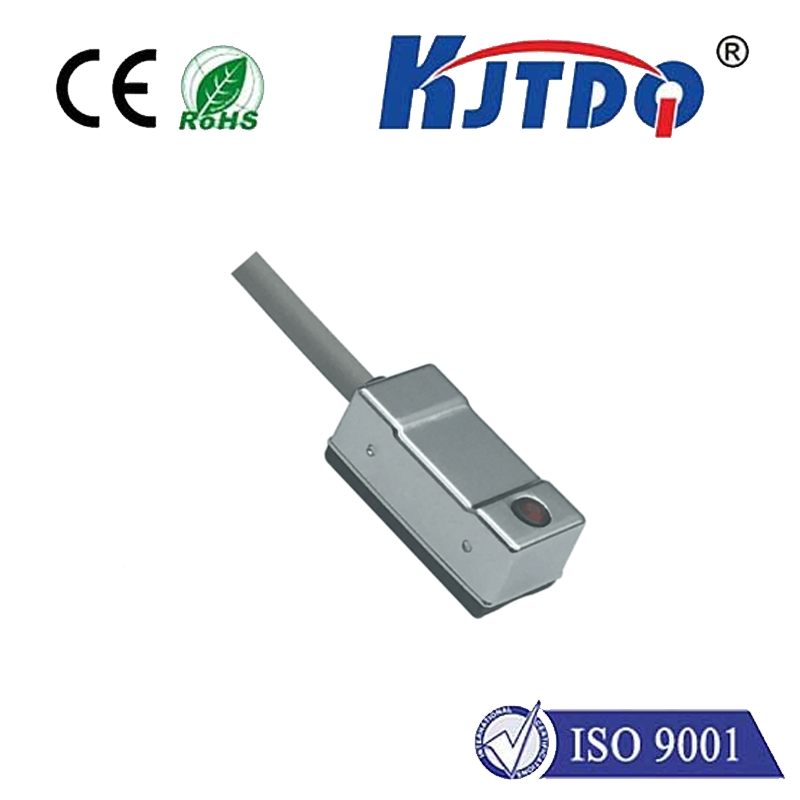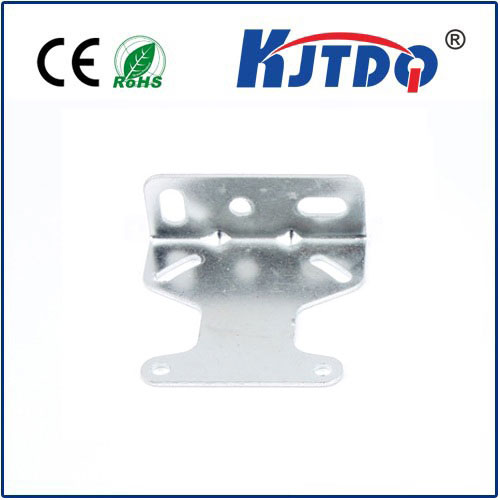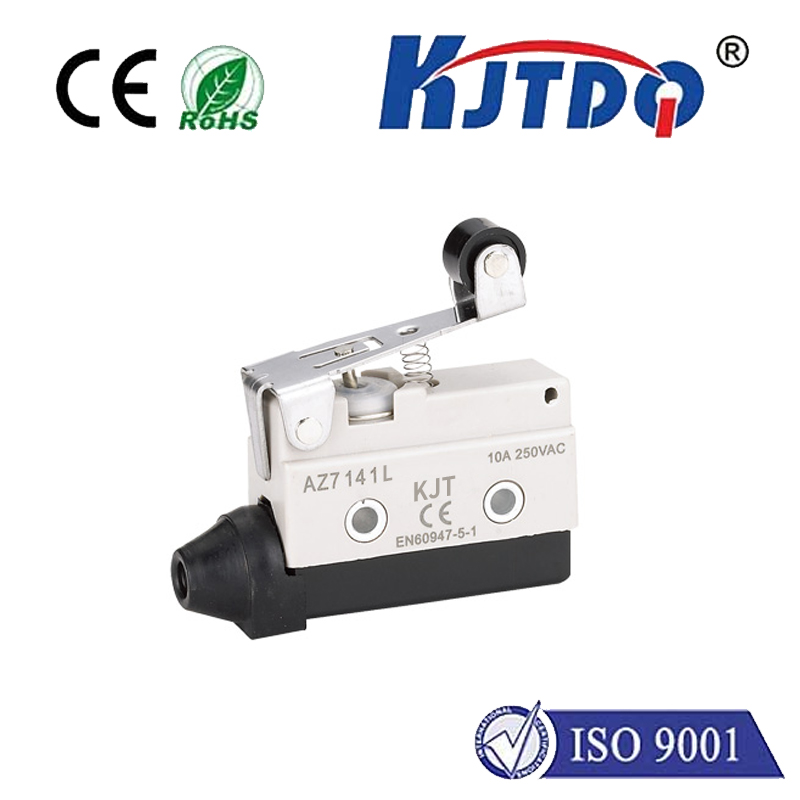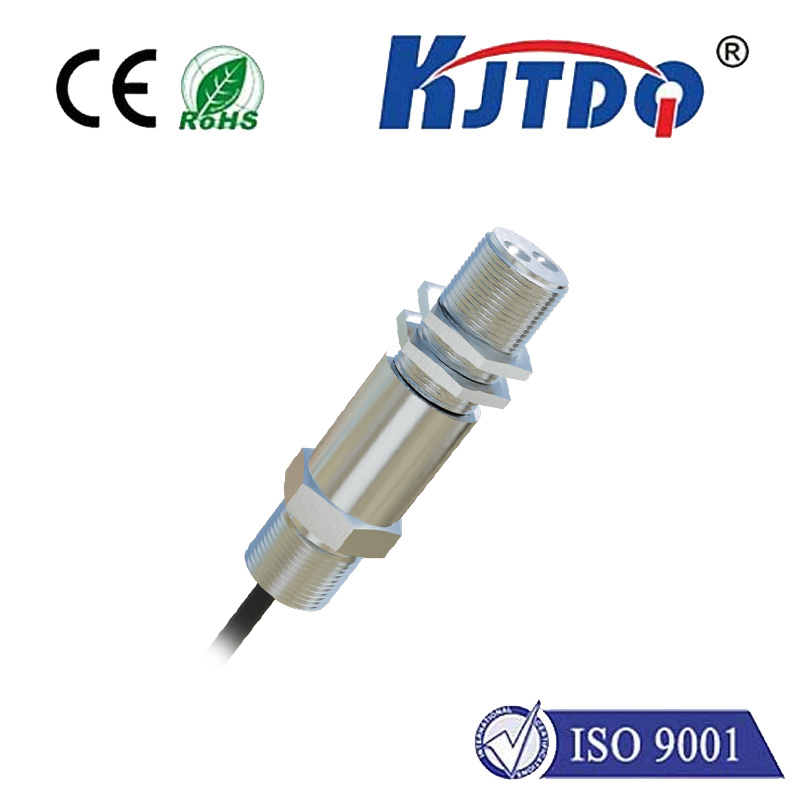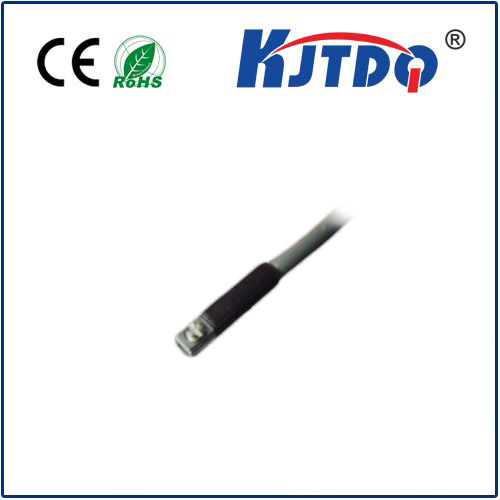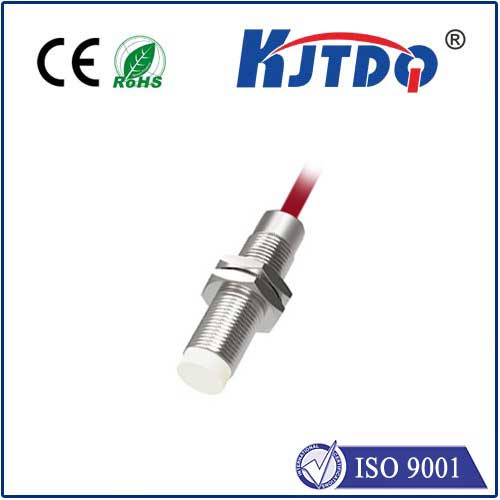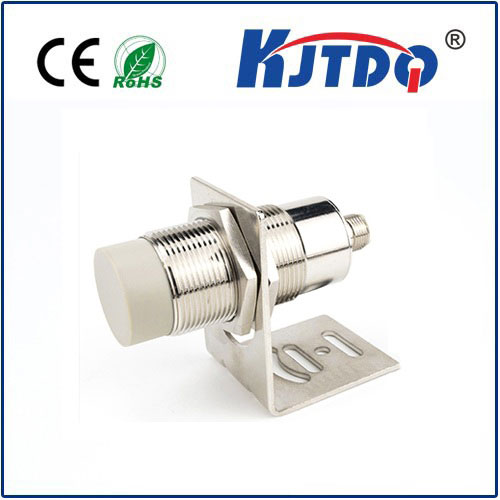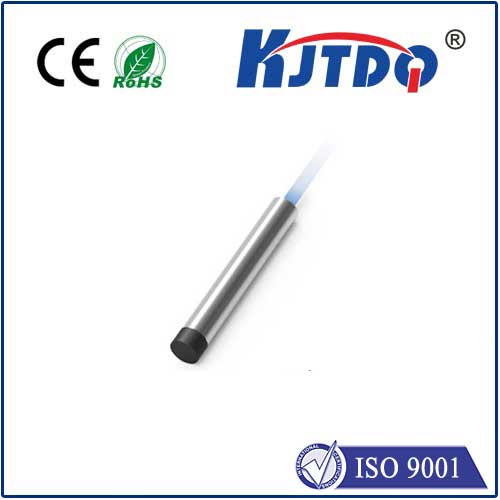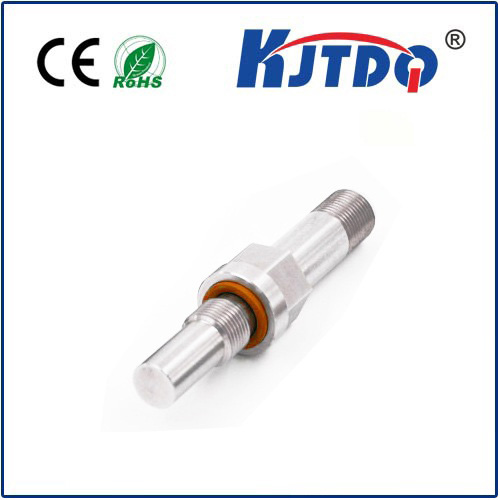5v proximity sensor
- time:2024-11-09 02:31:49
- Click:0

Unlocking the Potential: The 5V Proximity Sensor Revolution
In today’s rapidly advancing technological landscape, sensors play a crucial role in various applications ranging from industrial automation to consumer electronics. Among these, the 5-volt proximity sensor stands out as a versatile and powerful tool. In this article, we will explore the fundamental aspects, applications, and benefits of the 5V proximity sensor, shedding light on why it is gaining popularity across multiple industries.
Understanding the 5V Proximity Sensor
A 5V proximity sensor is an electronic device designed to detect the presence or absence of an object within a certain range without physical contact. It operates at a voltage of 5 volts, making it compatible with a wide array of electronic systems and microcontrollers. These sensors typically use capacitive or inductive sensing techniques to measure changes in the electromagnetic field or electrical capacitance caused by nearby objects.
Applications Across Industries
The 5V proximity sensor’s versatility has led to its adoption in various fields, including but not limited to:
- Industrial Automation: In manufacturing plants, these sensors are used for precise positioning, counting products, monitoring fill levels, and ensuring proper alignment during assembly processes.
- Consumer Electronics: From smartphones with gesture controls to smart home devices, proximity sensors enhance user experience by enabling touchless interactions and optimizing power consumption when devices are not in use.
- Automotive Industry: Proximity sensors play a vital role in modern vehicles, assisting with park assist systems, blind spot detection, and automatic headlight adjustments.
- Security Systems: They are employed in access control systems and alarm mechanisms where they help detect unauthorized entry or movement within secured areas.
Advantages of the 5V Proximity Sensor
The popularity of the 5V proximity sensor can be attributed to several key advantages:
- Versatility: Its ability to work with both AC and DC signals makes it suitable for diverse applications.
- Ease of Integration: The standard 5-volt operation aligns well with most microcontrollers and circuit designs, simplifying implementation and reducing development time.
- Cost-Effectiveness: Compared to other types of sensors, proximity sensors offer a high level of functionality at an affordable price point.
- Non-Contact Sensing: This feature prolongs the lifespan of sensors by avoiding wear and tear from physical contact, making them ideal for harsh environments.
Conclusion
The 5V proximity sensor represents a significant advancement in sensor technology, empowering developers and engineers to create innovative solutions across multiple sectors. Its ease of integration, cost-effectiveness, and robust performance make it a go-to choice for applications requiring precision and reliability in non-contact sensing. As technology continues to evolve, the potential applications and improvements in proximity sensor technology seem boundless, promising even greater efficiency and convenience in our daily lives.





